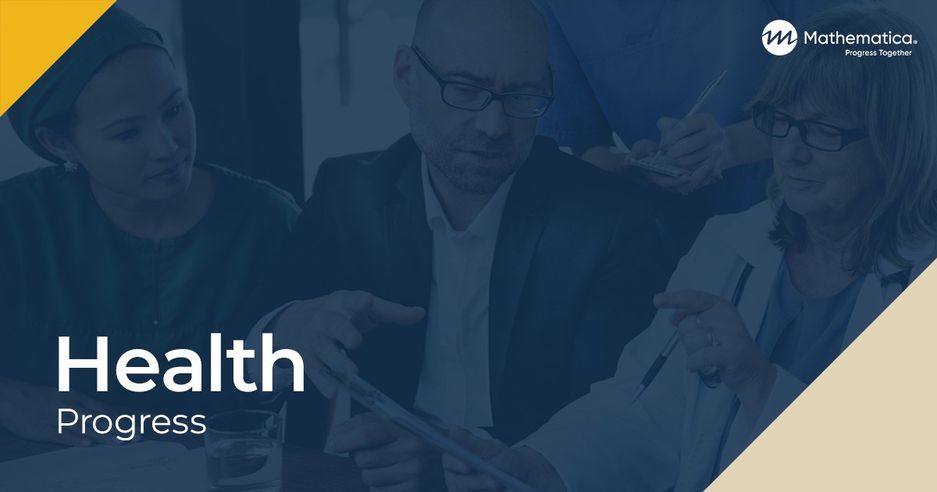Bridging the Chasm between Pregnancy and Health over the Life Course: A National Agenda for Research and Action
Additional authors include Lois McCloskey, Judith Bernstein, The Bridging the Chasm Collaborative, et. al.
Background
Many pregnant people find no bridge to ongoing specialty or primary care after giving birth, even when clinical and social complications of pregnancy signal need. Black, indigenous, and all other women of color are especially harmed by fragmented care and access disparities, coupled with impacts of racism over the life course and in health care.
Methods
We launched the initiative “Bridging the Chasm between Pregnancy and Health across the Life Course” in 2018, bringing together patients, advocates, providers, researchers, policymakers, and systems innovators to create a National Agenda for Research and Action. We held a 2-day conference that blended storytelling, evidence analysis, and consensus building to identify key themes related to gaps in care and root causes of inequities. In 2019, more than 70 stakeholders joined six working groups to reach consensus on strategic priorities based on equity, innovation, effectiveness, and feasibility.
Findings
Working groups identified six key strategic areas for bridging the chasm. These include: 1) progress toward eliminating institutional and interpersonal racism and bias as a requirement for accreditation of health care institutions, 2) infrastructure support for community-based organizations, 3) extension of holistic team-based care to the postpartum year and beyond, with integration of doulas and community health workers on the team, 4) extension of Medicaid coverage and new quality and pay-for-performance metrics to link maternity care and primary care, 5) systems to preserve maternal narratives and data across providers, and 6) alignment of research with women's lived experiences.
Conclusions
The resulting agenda presents a path forward to remedy the structural chasms in women's health care, with key roles for advocates, policymakers, researchers, health care leaders, educators, and the media.
How do you apply evidence?
Take our quick four-question survey to help us curate evidence and insights that serve you.
Take our survey
